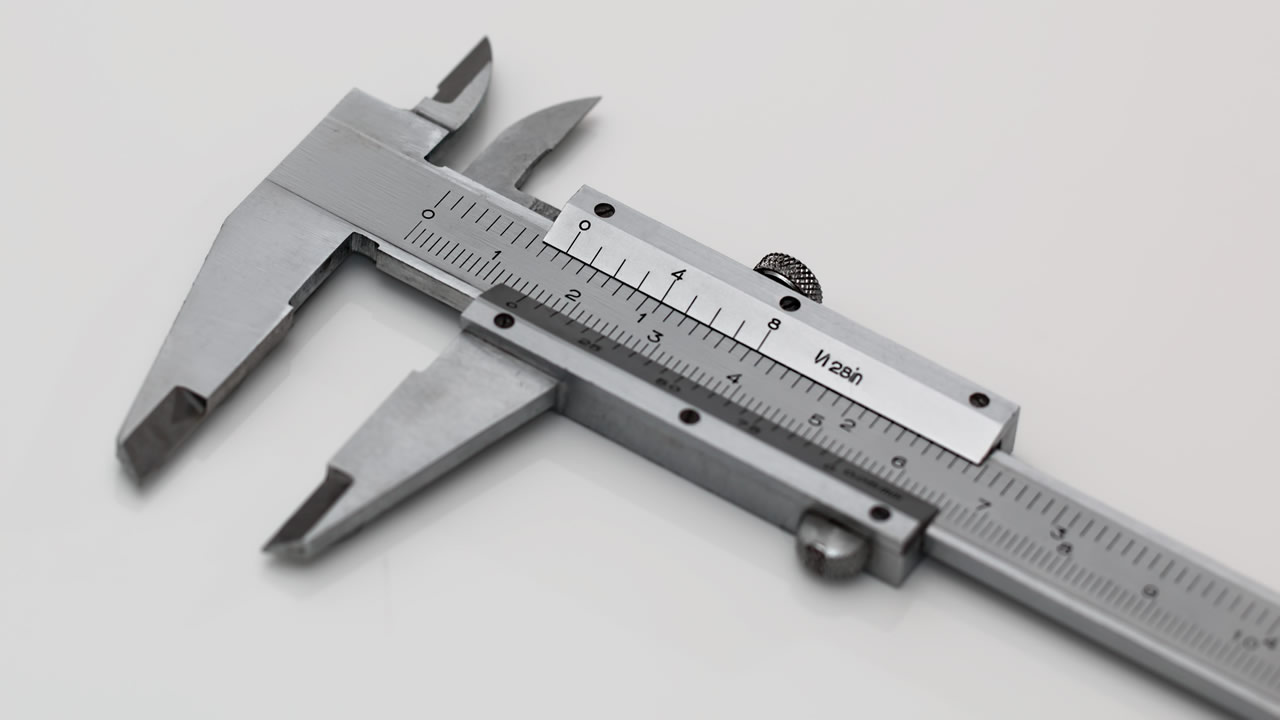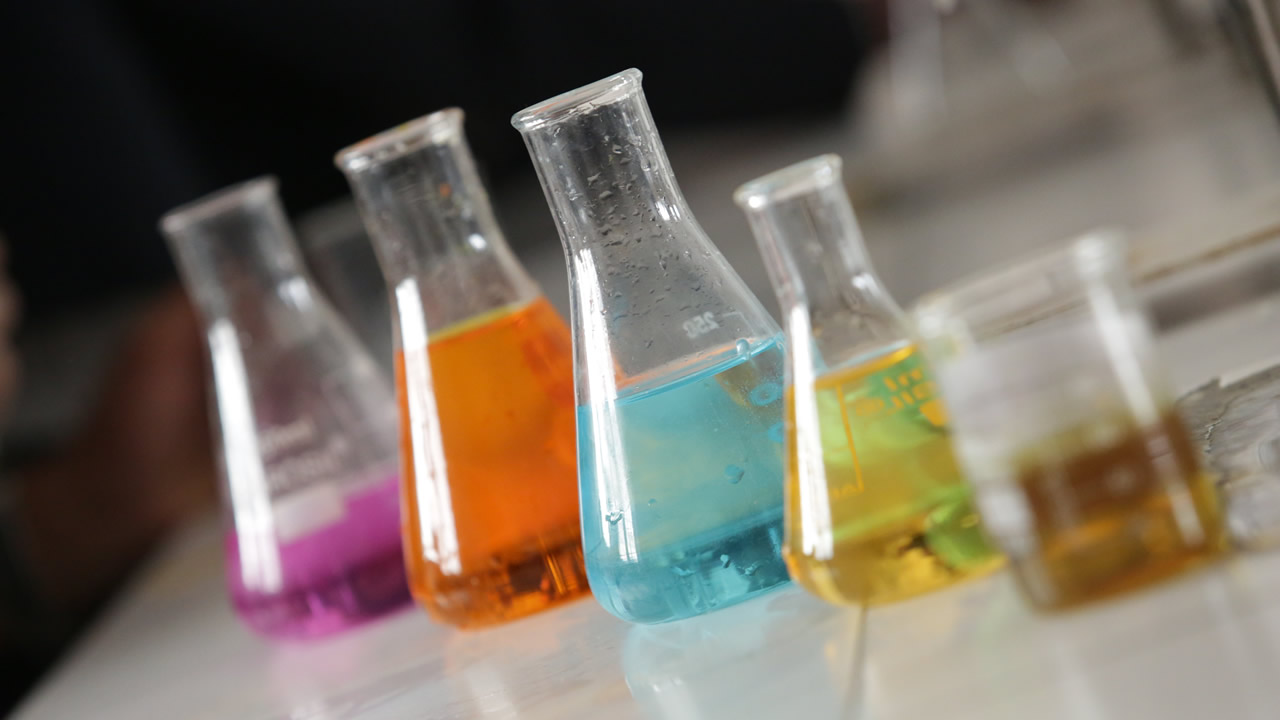Blog
Selecting O-Rings; How do you decide

So, you have designed the most magnificent feat of engineering. Now all you need to do is find the correct seals. The importance of designing in the correct O-Ring should never be under-estimated within an application. Selecting O-Rings that will satisfy the sometimes conflicting demands. Selecting O-Rings that will provide ultimate performance and durability and yet reduce the possibility of potential failure. These are dependant on many factors and we’ll explore some of those here.
Selecting O-Rings Material
Firstly the correct compound material must be compatible with the working medias within your application. If one or more of the following factors are incompatible it can result in a detrimental effect on the O-Ring.
- Operating Fluid can chemically degrade the seal material. Incorrect choice of compound against fluid compatibility can cause the O-Ring to swell. As a result this may lead to reduced performance or potential failure.
- Temperature can adversely affect the working performance of the O-Ring. Because of this it is advisable to keep within its optimum working parameters. Too cold can cause a loss of elasticity resulting in increased brittleness. The O-Ring can become hard and snap. Probably the most famous example of this type of failure is the Challenger Disaster on 28th January 1986. On the other end of the scale, too high temperature can cause catastrophic degradation.
- Operating pressure is a major consideration. In a static sealing application, while taking other factors into account, a standard 70 shore hardness material will usually suffice. Yet, once pressure reaches around 1500 psi you should consider a back-up ring to prevent extrusion. In addition to this a shore hardness of 80-90 should be considered.
Seal Grove or Housing Design.
Seal Housing surface finishes and the finish of the mating surface is especially relevant to the performance of the O-Ring. This is because extremes of smoothness or roughness are not conductive to good sealing. A rough surface may in time cause microscopic cuts which result in degradation of the O-Ring and will reduce its life. While an extremely smooth surface can cause an aqua-plane effect consequently resulting in leakage.
As a general guideline a seal grove surface finish of 16 rms is good for sealing gases and up to 32 rms for fluids. 8-16 rms is preferred for dynamic applications. This helps to reduce abrasion and possible spiralling.
For further information on stability of materials to different media please give us a call or drop us an email. Our team has a wealth of knowledge and are always happy to help.




